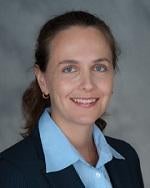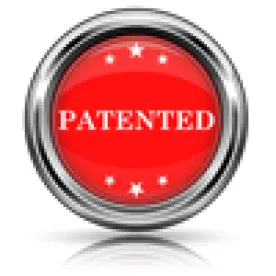Williamson v. Citrix Online, LLC
Where the word “means” is not actually recited in a patent claim, case law provides a strong presumption that the claim is not a means-plus-function claim under § 112(f). If it is shown, however, that the claim uses language or a word—a “nonce” word—that substitutes for the word “means,” the presumption can be rebutted. Addressing whether the presumption was rebutted by use of the words “module for . . . ,” the U.S. Court of Appeals for the Federal Circuit concluded that, in the context of the asserted patent, it was not. Williamson v. Citrix Online, LLC, Case No. 13-1130 (Fed. Cir., Nov. 5, 2014) (Linn, J.) (Reyna, J., dissenting).
The plaintiff, Richard A. Williamson, acting as trustee for the bankruptcy estate of At Home Corporation Bondholder’s Liquidation Trust, asserted a patent against a number of defendants, including Citrix. The patent relates to methods and systems for “distributed learning,” using networked computer systems to provide virtual classroom environments where presenters can present to remotely located audience members.
As issue with respect to § 112(f) was claim language that recited a “distributed leaning control module for receiving communications transmitted between the presenter and the audience member computer systems and for relaying the communications to an intended receiving computer system and for coordinating the operation of the streaming data module.” The district court concluded that the word “module” was a “nonce” word for “means” and that the claims were indefinite for failure of the patent to provide corresponding structure. Williamson appealed.
The Federal Circuit reversed, explaining that in order to rebut the presumption that § 112(f) does not apply, the challenger must show that “skilled artisans, after reading the patent, would conclude that [the] claim limitation is so devoid of structure that the drafter constructively engaged in mean-plus-function claiming.”
In its analysis, the Federal Circuit cited Lighting World v. Birchwood Lighting (Fed. Cir., 2004) for the proposition that “[a] claim expression cannot be said to be devoid of structure if it is used in ‘common parlance or by persons of skill in the art to designate structure, even if the term covers a broad class of structures and even if the term identifies the structure by their function.’” Technical dictionaries “may inform whether claim terms connote structure.” Finally, “it is important to consider the claimed expression as a whole, and not merely any single word, as well as its surrounding textual context.”
The Federal Circuit concluded that in this instance the presumption (i.e., that § 112(f) did not apply) was not rebutted because the definitions in technical dictionaries for “module” had “structure-connoting meanings,” including hardware or software structure; the modifier “distributed learning control,” showed that that the module was a as part of a definite structure, the “distributed learning server,” and that it “‘receive[s] communications . . . ,’ ‘relay[s] the communications . . . ,’ and ‘coordinat[es] the operation of the streaming data module,” such that the “claimed interconnections and intercommunications” did “connote structure”; and the specification explained “that the distributed learning control module operates as a functional unit of the distributed learning server and coordinates the operation of the streaming data module through input from the presenter computer system.”
In dissent, Judge Reyna agreed with the district court, that the claims should be considered means-plus-function claims, with the respective functions being recited after the words “module for,” a phrase that the Manual of Patent Examining Procedure (MPEP) expressly cites as an example of a placeholder for the word “means.” Pointing to Bosch v. Snap-On (Fed. Cir., 2014) where the Federal Circuit noted that “[t]he question is whether the claim language names particular structures or, instead, refers only to a general category of whatever may perform specified functions,” the dissent found that the dictionary definitions failed to provide structure, because they only provided general categories, hardware or software.




 />i
/>i

